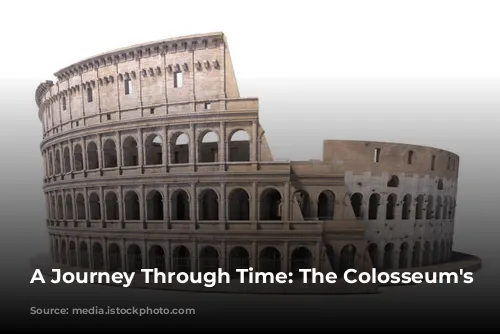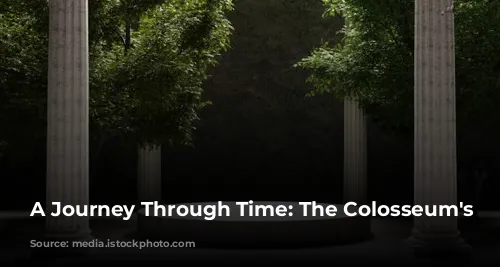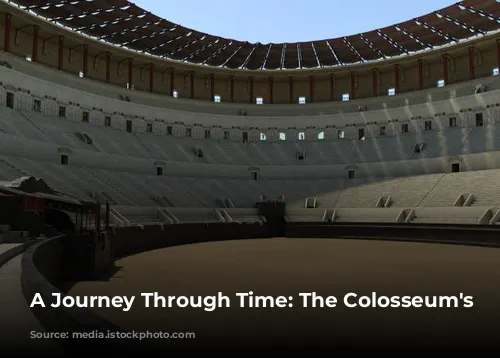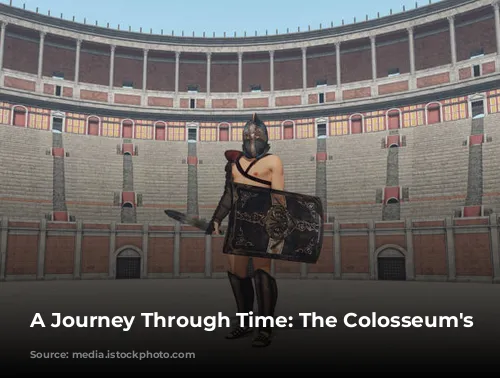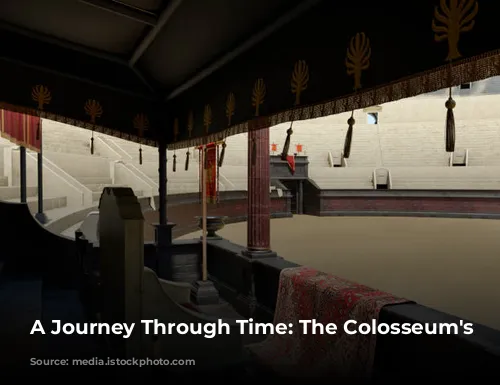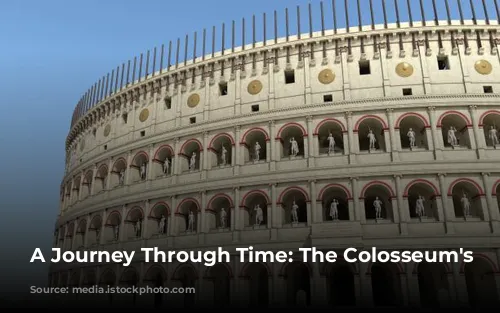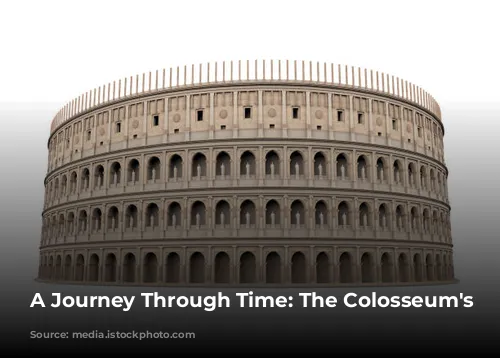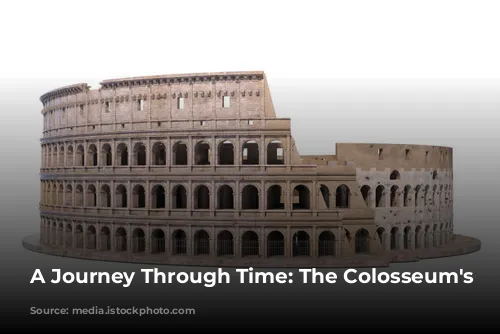The Colosseum, a symbol of ancient Rome, has a story as captivating as the gladiatorial contests it once hosted. But did you know its name wasn’t always Colosseum?

From Flavian Amphitheater to Colosseum
Initially, it was known as the Flavian Amphitheater, a nod to its builders, Vespasian and Titus, members of the Flavian dynasty. The name Colosseum emerged during the Middle Ages. The most popular theory suggests it derives from the “colossus” of Nero statue, a massive monument that once stood nearby.
Another theory links the name to the Collis Isei (hill of Isis), a temple dedicated to the Egyptian goddess that occupied the site before the amphitheater’s construction. Some even believe the Colosseum was a pagan temple where the devil was worshipped, adding a layer of mystery to its history.

A Legacy of Construction and Destruction
The Colosseum’s grandeur wasn’t immune to the ravages of time. Its precious marble facade, once a testament to Roman craftsmanship, was stripped for use in other constructions like St. Peter’s Basilica and the Palazzo Barberini. This practice persisted until the 18th century, when an appreciation for ancient Rome began to emerge. As a result, only a third of the original structure survives today, a poignant reminder of its resilience and vulnerability.

Shadows of the Past: A Sinister History
The Colosseum, once a stage for gladiatorial combat, became synonymous with death and brutality. It was even considered one of the seven gates of hell! The arena’s bloodstained history, filled with the tragic fates of thousands, has left its mark on the Colosseum’s legacy. Even in the Middle Ages, it became a hiding place for brigands, who used it to bury their victims. The building’s imposing presence seems to echo with the whispers of the past.
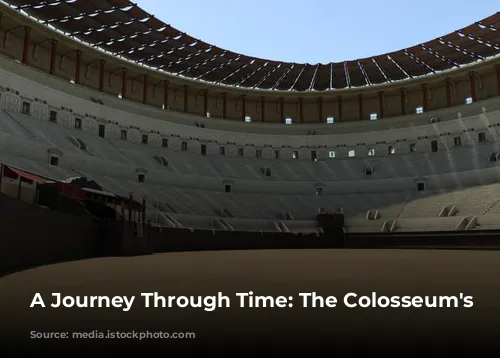
A Sanctuary for Life: Nature’s Reclamation
In a surprising twist, the Colosseum has become a refuge for nature. Botanists have identified over 350 different species of plants growing within its ruins, some even of exotic origin, thriving in the unique microclimate of the amphitheater. Life, it seems, finds a way, even in the heart of a once-gruesome arena.
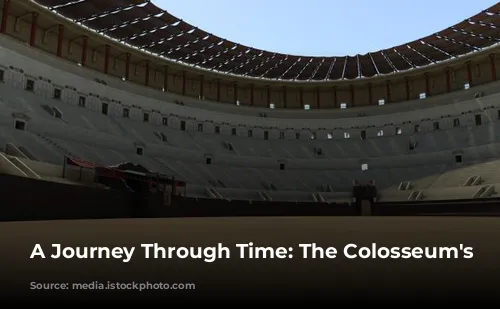
A Stage for Spectacle: More Than Gladiators
The Colosseum hosted more than gladiatorial contests. Naumachiae, elaborate representations of naval battles, were also held within its walls. Water, ingeniously channeled through a network of pipes and wells, transformed the arena into a watery spectacle. Although they never reached the popularity of gladiatorial games, these naval displays provided a different type of entertainment for the Roman crowds.

The Colosseum on Screen: A Cinematic Icon
The Colosseum has been a popular backdrop for countless films, but one movie cemented its place in cinematic history: Gladiator. However, due to logistical challenges, the iconic scenes were not filmed at the actual Colosseum. Instead, a combination of the Roman amphitheater in El Jem, Tunisia, a rebuilt amphitheater in Malta, and computer-generated imagery brought the film’s vision to life.
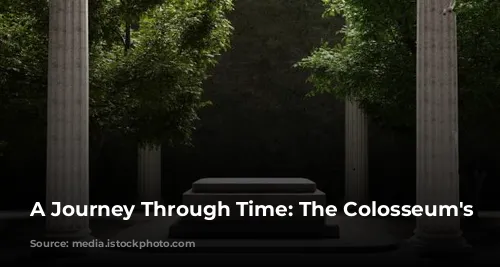
A Monument Restored: A Brighter Future
Today, the Colosseum stands as a testament to the power and enduring legacy of ancient Rome. With the restoration of its facade underway, a brighter future is in sight. The process will return the travertine stone to its original brilliance, erasing the grime of centuries and revealing the Colosseum’s true beauty. This restoration project, funded by Tod’s for an estimated 25 million euros, is a testament to the importance of preserving this iconic landmark for generations to come. The Colosseum continues to captivate audiences and inspire awe, reminding us of the grandeur and complexity of our shared human history.
